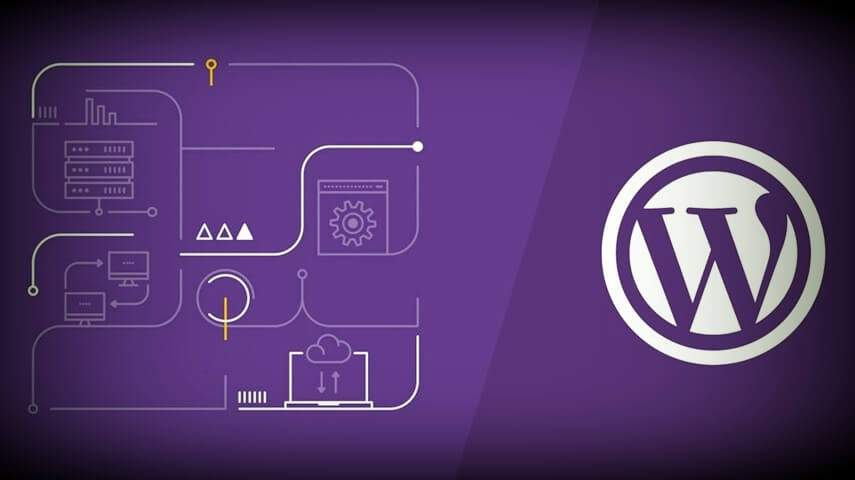Web performance optimization has become a vital component of web development in the fast-paced world of the internet, where customers expect flawless and quick experiences. Providing an excellent user experience is even more crucial, as demonstrated by Google’s launch of Core Web Vitals. The complexities of Core Web Vitals will be thoroughly covered in this extensive guide, along with practical methods for mastering them for the best possible online performance.
Understanding Core Web Vitals
Core Web Vitals are a set of specific factors that Google considers crucial for user experience. These factors are measured through real-world user interactions and include:
1. Largest Contentful Paint (LCP)
LCP measures the loading performance of a web page by determining the time it takes for the largest content element (e.g., an image or text block) to become visible to the user. An ideal LCP is within the first 2.5 seconds of the page starting to load.
2. First Input Delay (FID)
FID quantifies the responsiveness of a web page by measuring the time it takes for the browser to respond to the first user interaction, such as a click or tap. A good FID is less than 100 milliseconds.
3. Cumulative Layout Shift (CLS)
CLS evaluates the visual stability of a web page by measuring unexpected layout shifts during the loading process. A low CLS score indicates a more stable and user-friendly experience.
Strategies for Optimization
Now that we understand the three Core Web Vitals, let’s explore strategies to optimize each one and enhance overall web performance.
1. Optimizing Largest Contentful Paint (LCP)
Optimize Images: Compress and format images efficiently, use the appropriate image dimensions, and consider lazy loading to load images only when they are about to be viewed.
Minimize Render Blocking Resources: Optimize CSS and JavaScript delivery to minimize render-blocking resources that can delay the loading of the largest content element.
Content Delivery Network (CDN): Utilize CDNs to deliver content from servers geographically closer to the user, reducing latency and improving LCP.
2. Improving First Input Delay (FID)
Optimize JavaScript: Minimize and defer non-essential JavaScript to improve parsing and execution times, reducing the likelihood of a delayed first user interaction.
Browser Caching: Leverage browser caching to store frequently accessed resources locally, reducing the need to fetch them from the server upon each visit.
Use Web Workers: Offload JavaScript execution to web workers to prevent the main thread from being blocked, ensuring a more responsive user interface.
3. Minimizing Cumulative Layout Shift (CLS)
Set Dimensions for Media Elements: Assign explicit dimensions to images and media elements to prevent layout shifts as these elements load.
Prevent Third-Party Ad Shifts: If using third-party content, reserve space for it to avoid unexpected layout shifts when it loads.
Use Font Display Swap: Implement the “font-display: swap” property in CSS to display text immediately using system fonts while custom fonts are loading, minimizing layout shifts.
Tools for Monitoring and Testing
Continuous monitoring and testing are essential for maintaining optimal web performance. Several tools can assist in assessing and improving Core Web Vitals:
Google PageSpeed Insights: Provides insights into a website’s performance and suggests optimizations to improve Core Web Vitals.
Lighthouse: An open-source, automated tool for improving the quality of web pages. It has audits for performance, accessibility, progressive web apps, SEO, and more.
Web Vitals Extension: A browser extension that reports real-user measurement of the Core Web Vitals directly in the browser, allowing for quick assessments.
Conclusion
Mastering Core Web Vitals is integral to providing users with a fast, reliable, and enjoyable web experience. By understanding and optimizing for LCP, FID, and CLS, developers can significantly enhance their websites’ performance. Regular monitoring and testing with tools like Google PageSpeed Insights and Lighthouse ensure that the site maintains high standards of user experience over time. As the digital landscape evolves, staying vigilant and proactive in optimizing Core Web Vitals will be crucial for web developers aiming to meet and exceed user expectations.




